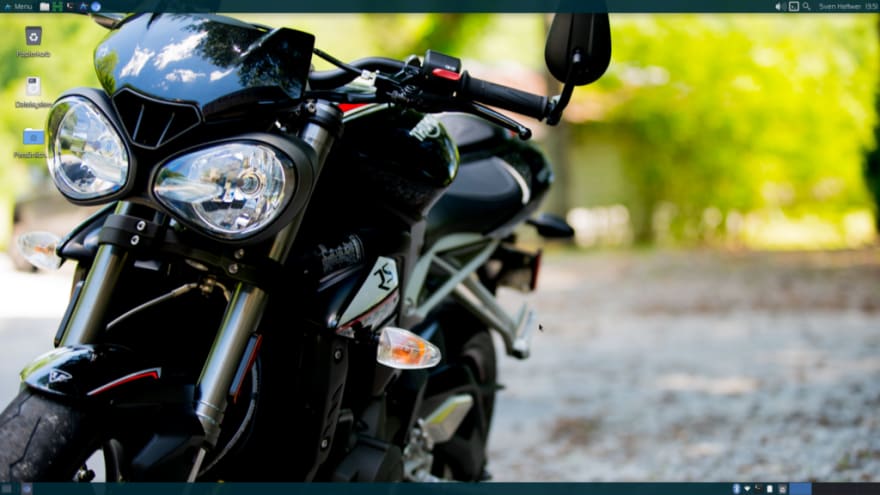
Hey folks! It has been a while since I was able to blog. But know, let’s get together for the final episode of “Traveling through the Arch”. This time, we’ll have a look at system customization, system maintenance and a résumé about my experience with Arch Linux™ so far.
System customization
I took me some time to find out how to talk about system customization, because it’s custom and depends on your requirements. Therefore there is not “the ultimate system” I can recommend to you. At this point it’s about you to find out what kind of system you want to build and what you really need and want. So instead of giving recommendations, let me just point out the General recommendations section of the Arch documentation. It’s a good spot to start from. From that point you could build everything from a minimal installation up to a fully fledged desktop environment.
System maintenance
System maintenance was one of my biggest concerns when I started with Arch Linux™. Because the software is distributed in a rolling release it could absolutely be possible to install an update that crashes your system. To prevent those situations, I imagined that I would have to read a lot of articles and patch notes to determine whether a particular upgrade would destabilize my system. Luckily, this is not the case. But nevertheless you better secure your system to be able to solve such a situation as fast as possible.
There is a big article in the Arch Linux™ wiki talking about that topic. Basically it all comes down to one command.
pacman -Syu
- S Synchronizes your system with the remote repository
- y Updating the package database
- u Filtering the package list for outdated packages. Those are the packages you want to update
But that’s not everything you should do. I’ve installed several additional programs to help me maintaining my system stability.
- packup A simple terminal based tool to backup your pacman list of installed packages. It’s not only possible to save but also to restore from a given list of packages. So if everything goes wrong, you still have your list of installed packages to start a new installation or try a recovery.
- pakbak A tool to backup your pacman database. This is similar to packup but stores much more data. In addition there is a pakbak.service specification so that this tool creates a backup whenever your system starts. Unfortunately the scripts contain some bugs and the service definition is not 100% complete. Therefore I experienced some problems using this tool. Another unfortunate fact is, that the maintainer does not react to my issues so far. Nevertheless it’s a cool attempt and if the maintainer does not answer my requests in the near future, I’ll think about forking that project and maintain it myself.
- etckeeper A tool using a scm to safe your configs before and after installing packages via pacman. So you’re always able to switch to the last running config by just checking out the correct version.
- btrfs subvolume snapshots of my home This allows me to track the changes of my home directory without storing tons of data on external drives. In case I did some stupid things with my data, I just recover from my last valid snapshot. There are some tools creating snapshots of the desired subvolume based on certain events. One more popular solution is Snapper but the btrfs developer are working on their own solution called autosnap which is currently not part of the upstream. Nevertheless this does not secure your data to 100%, because it stays at the same drive. A incremental chronological backup system is also required if you ask me.
Even if it comes to system maintenance, you’ve a ton of options and possibilities. You don’t have to use a certain backup solution someone created for a given problem. Just set everything up as you want and as you think it’s useful.
Résumé
Now that I work Arch Linux™ on a daily basis for more than a month, I’m absolutely happy that I decided to switch over from Xubuntu. I’ve learned incredibly much about Linux and how everything works together, I’ve a truly minimal system where I can feel that it runs faster than a Xubuntu would.
The System is totally stable and I feel that I could really restore it, if something breaks. This is something that I’ve never experienced with all the distributions I’ve used. All software packages I need are available from the official repositories or from the AUR. In addition, I’ve the feeling that I’m really free to setup my system as I want without missing up to date software.
So in case you have not tried Arch Linux™ until know, I would like to recommend it to you. One told me once “If you make the switch, you’ll never switch back” . Sir, you’ve been right!
This article is originally published at medium.com/@SvenHettwer






Top comments (0)